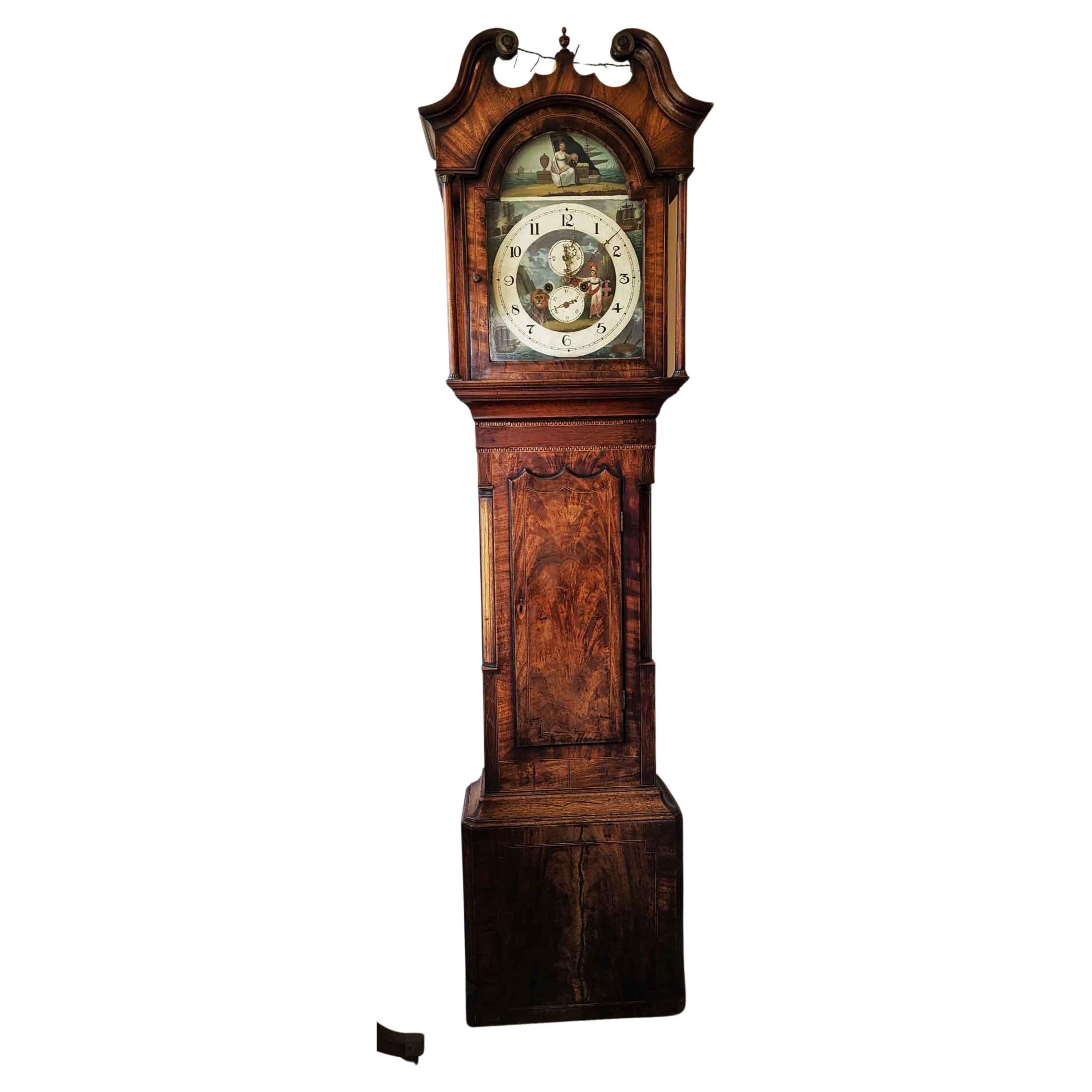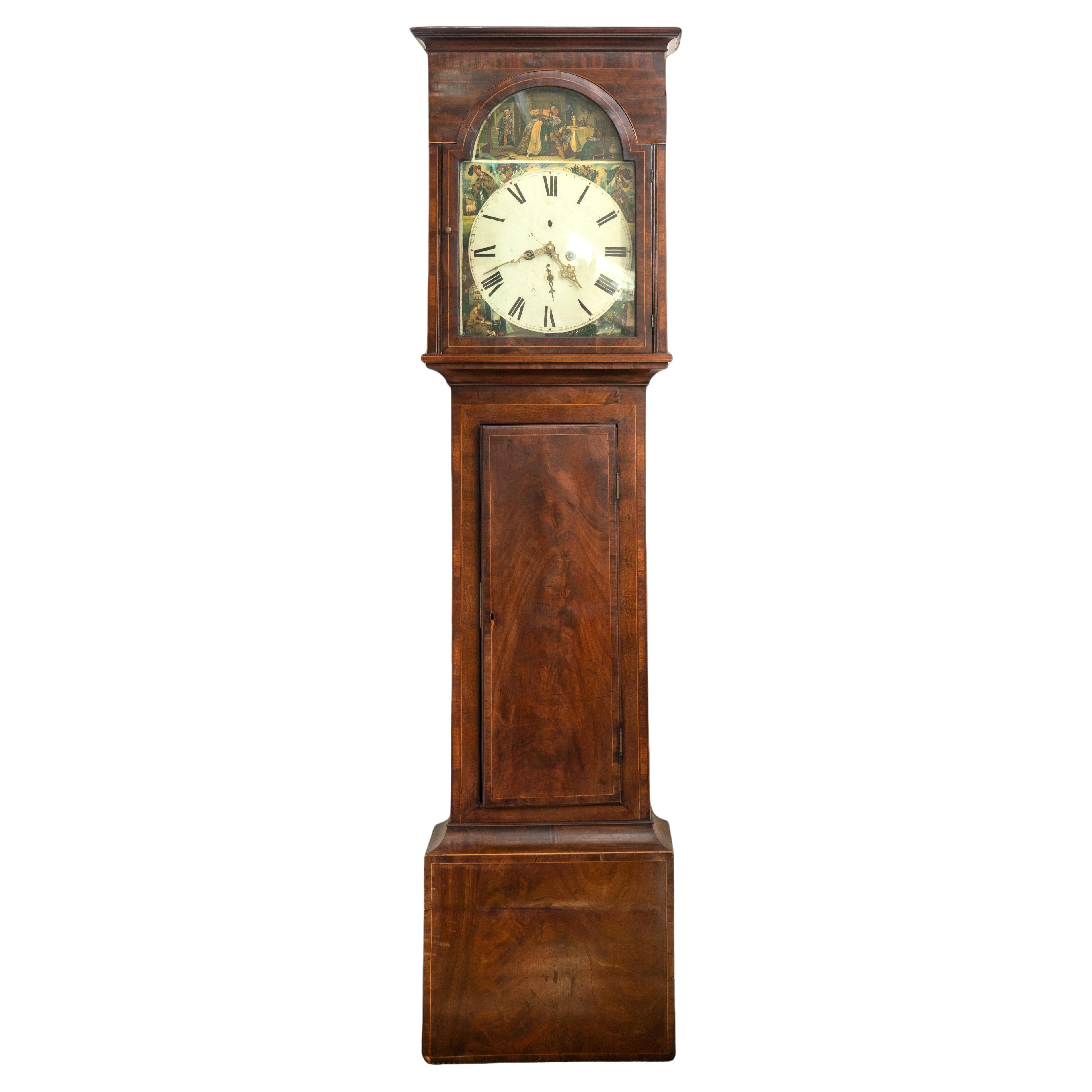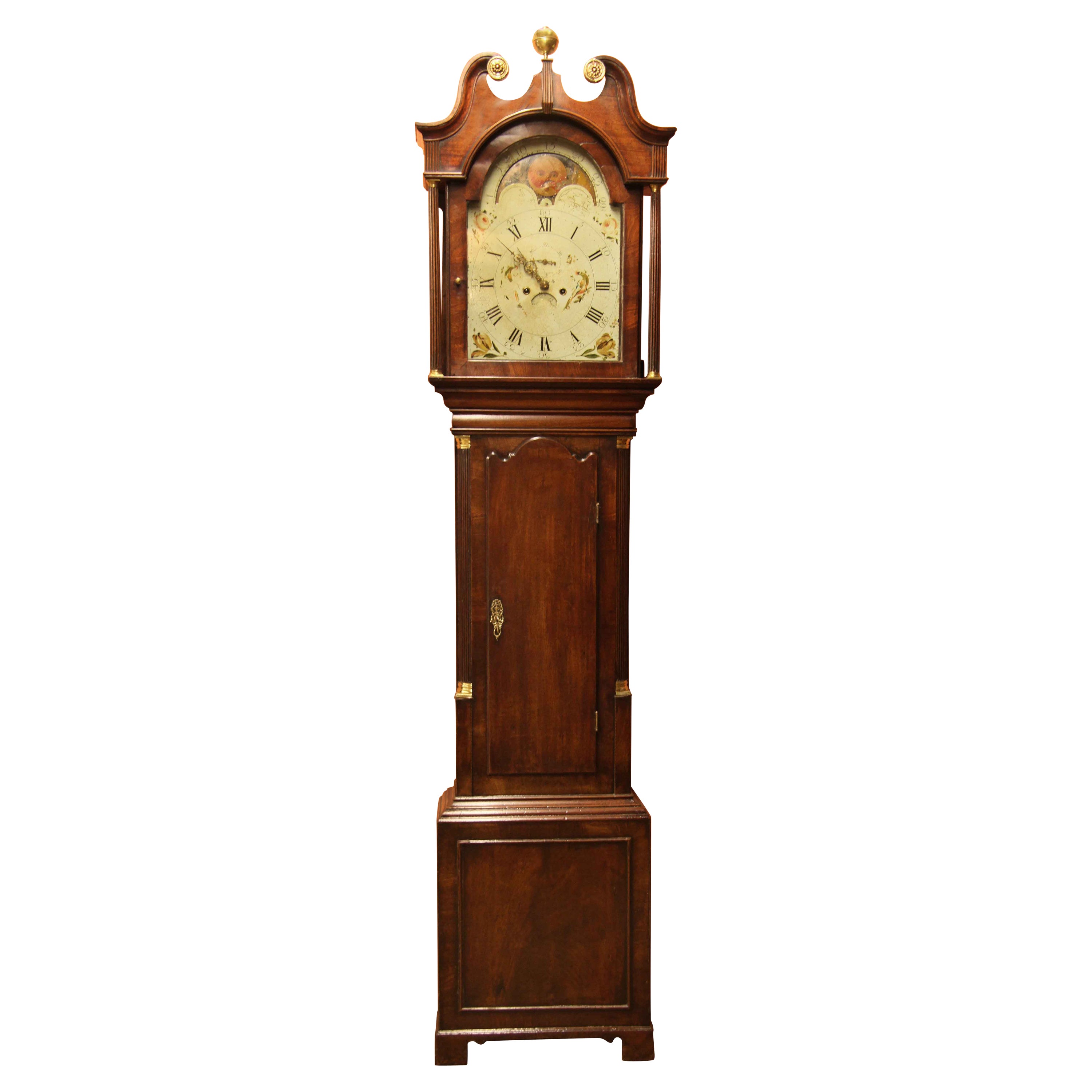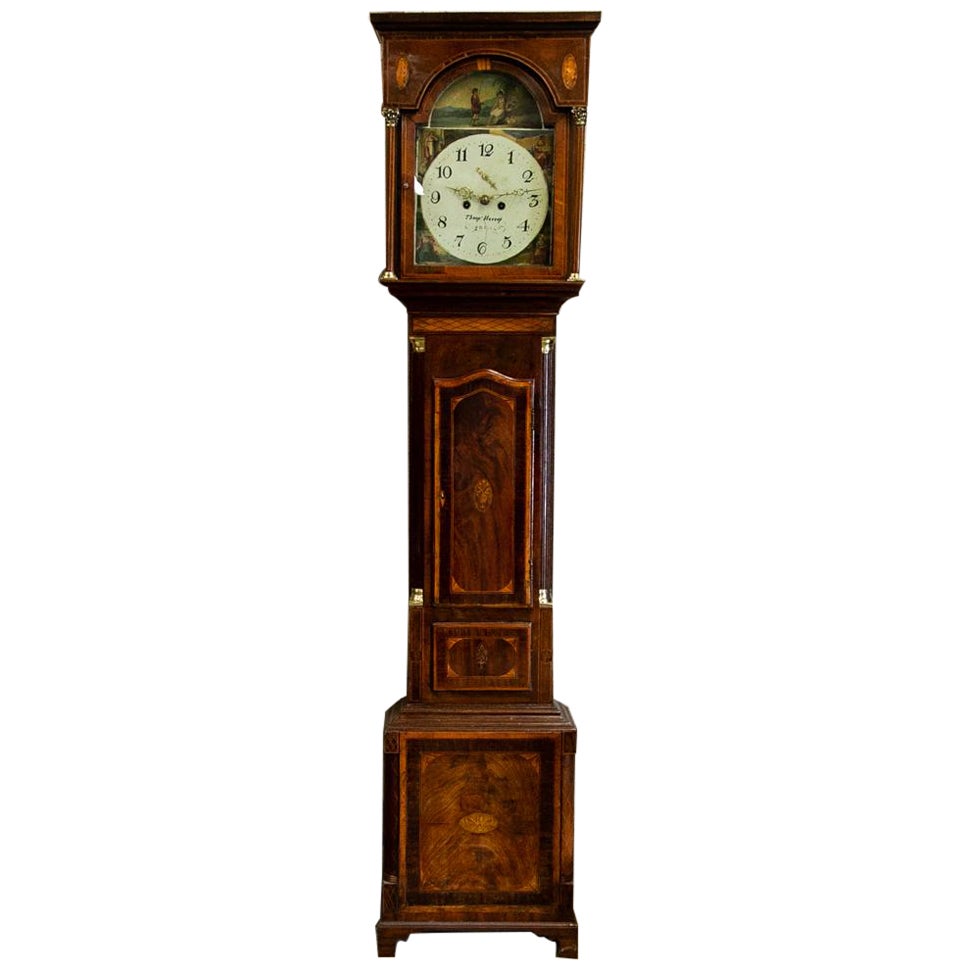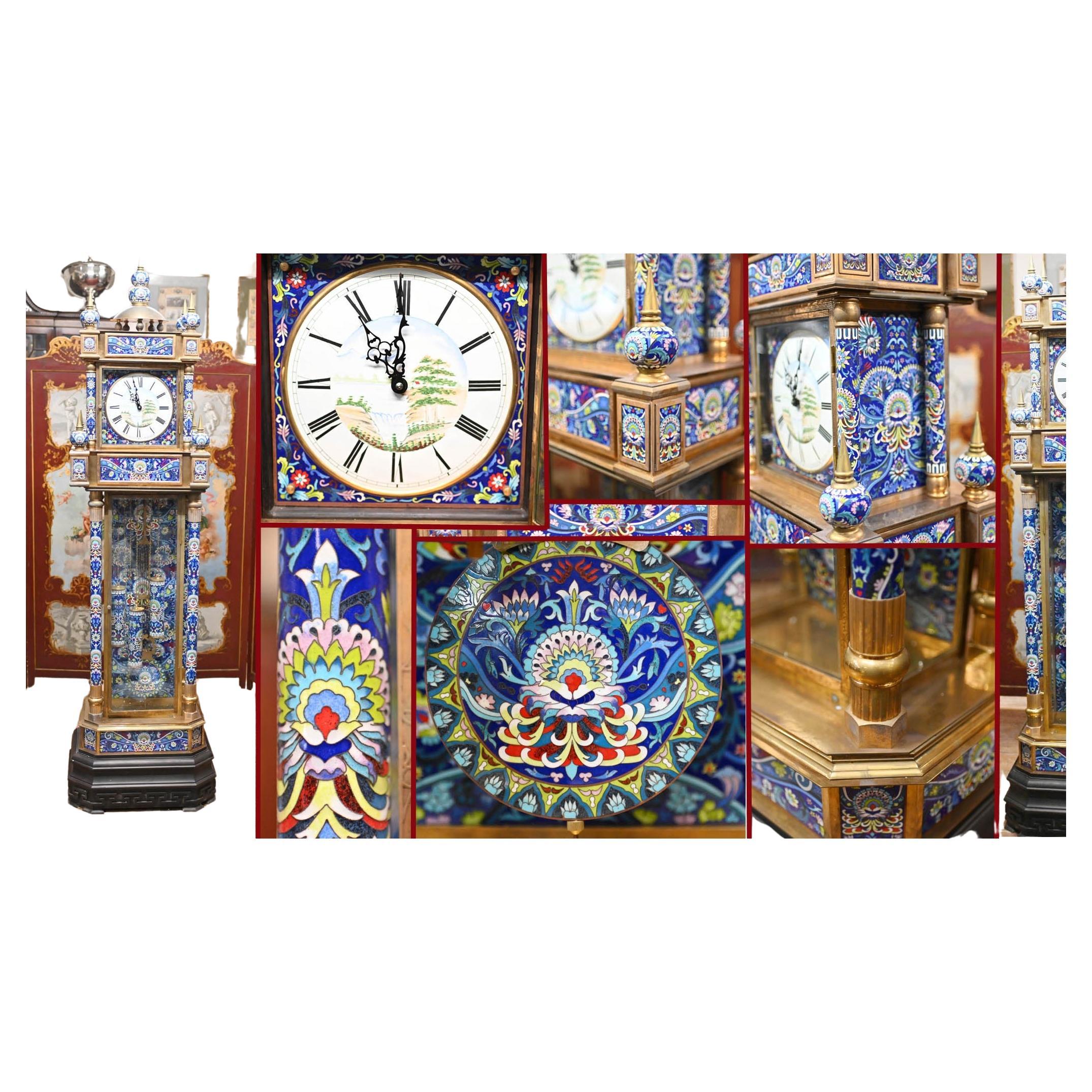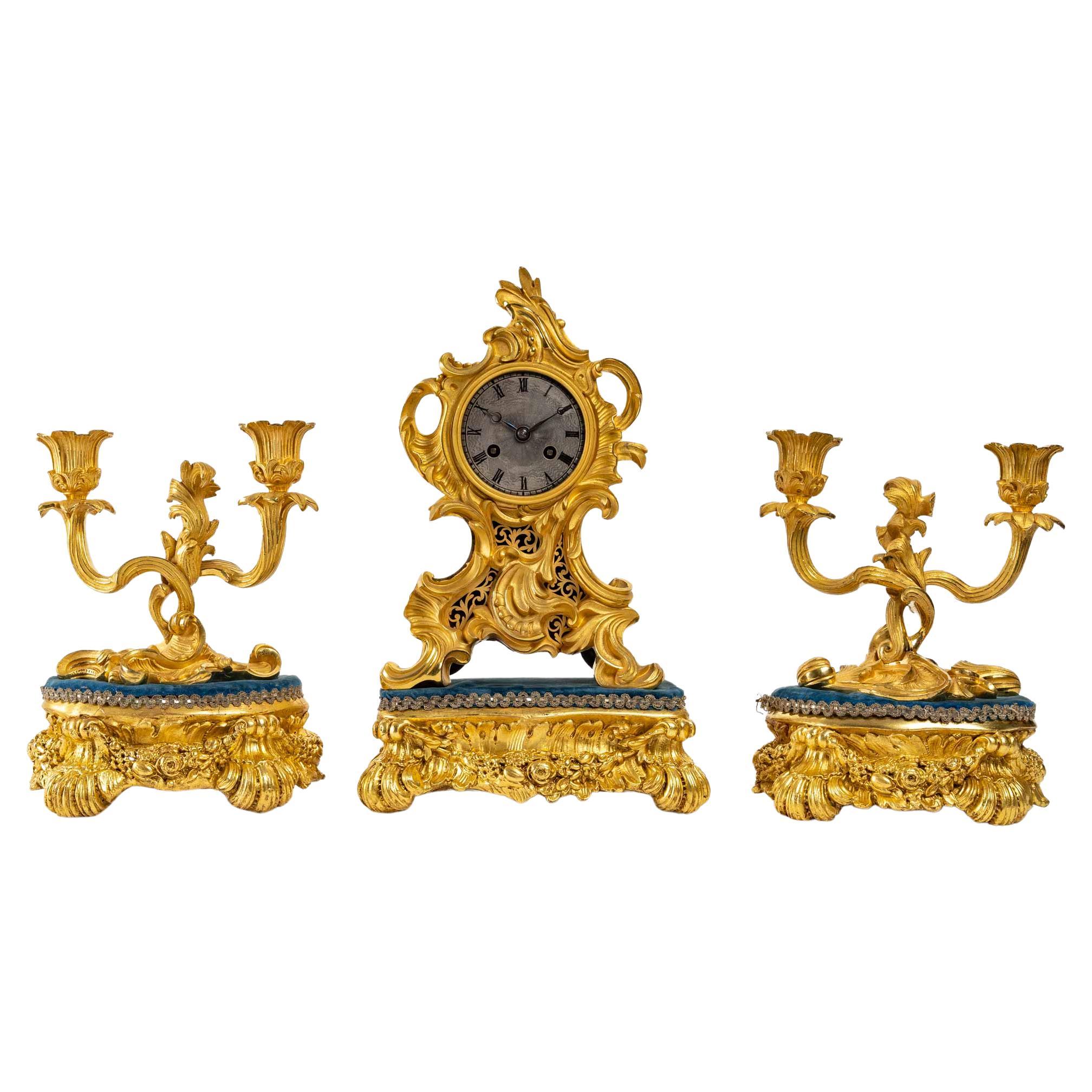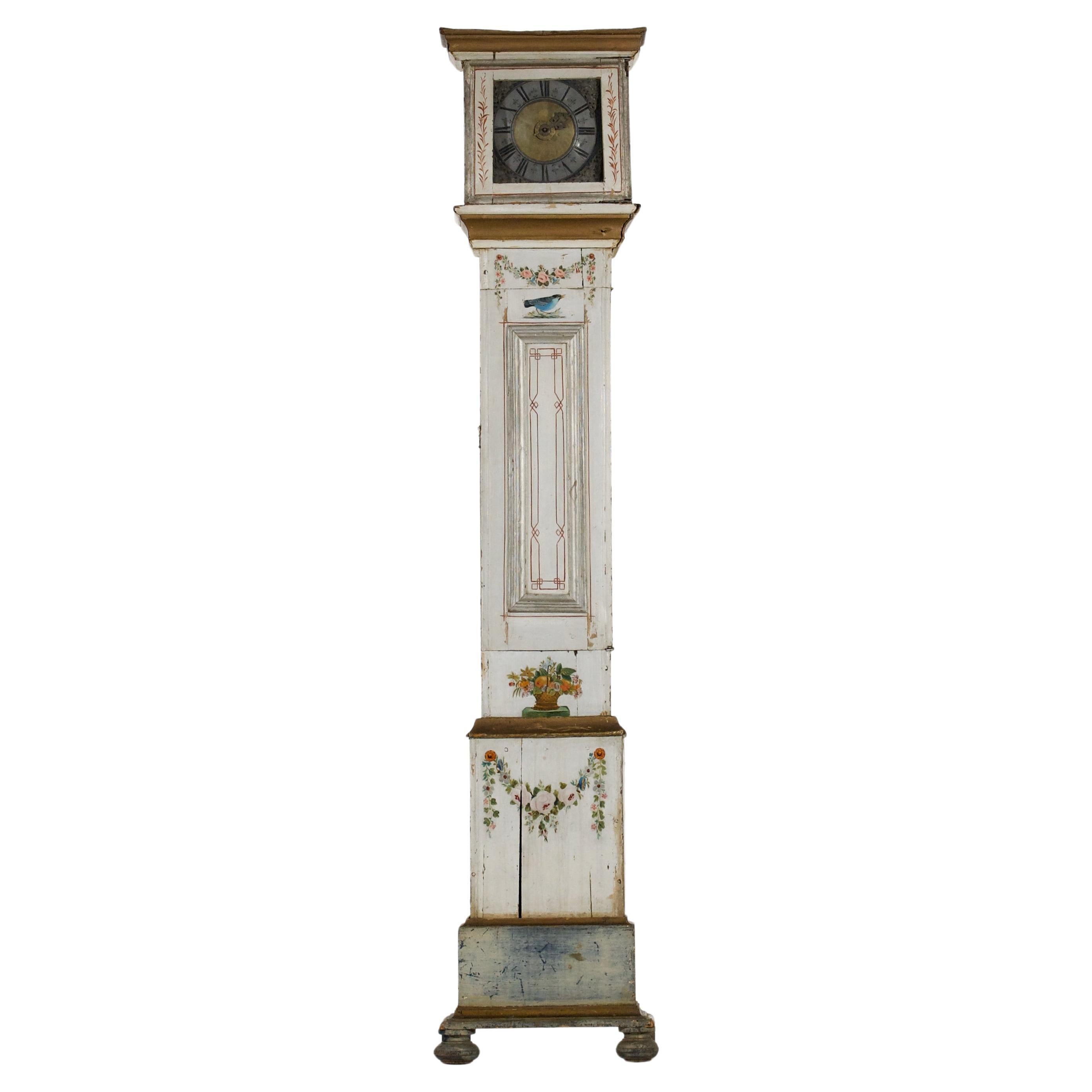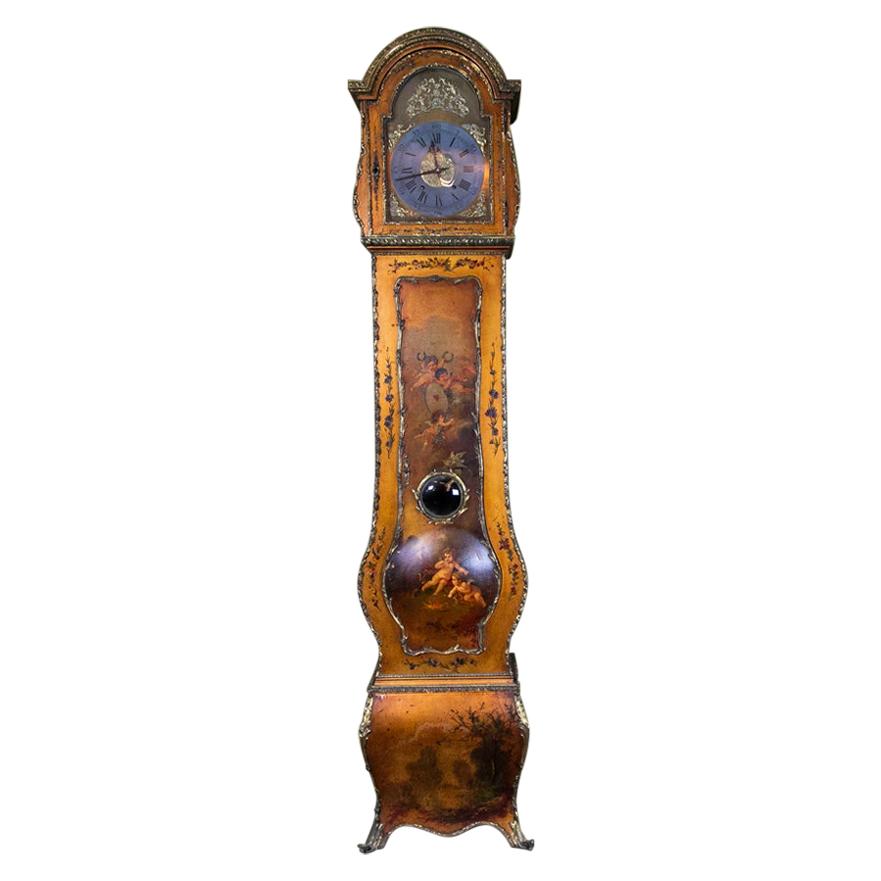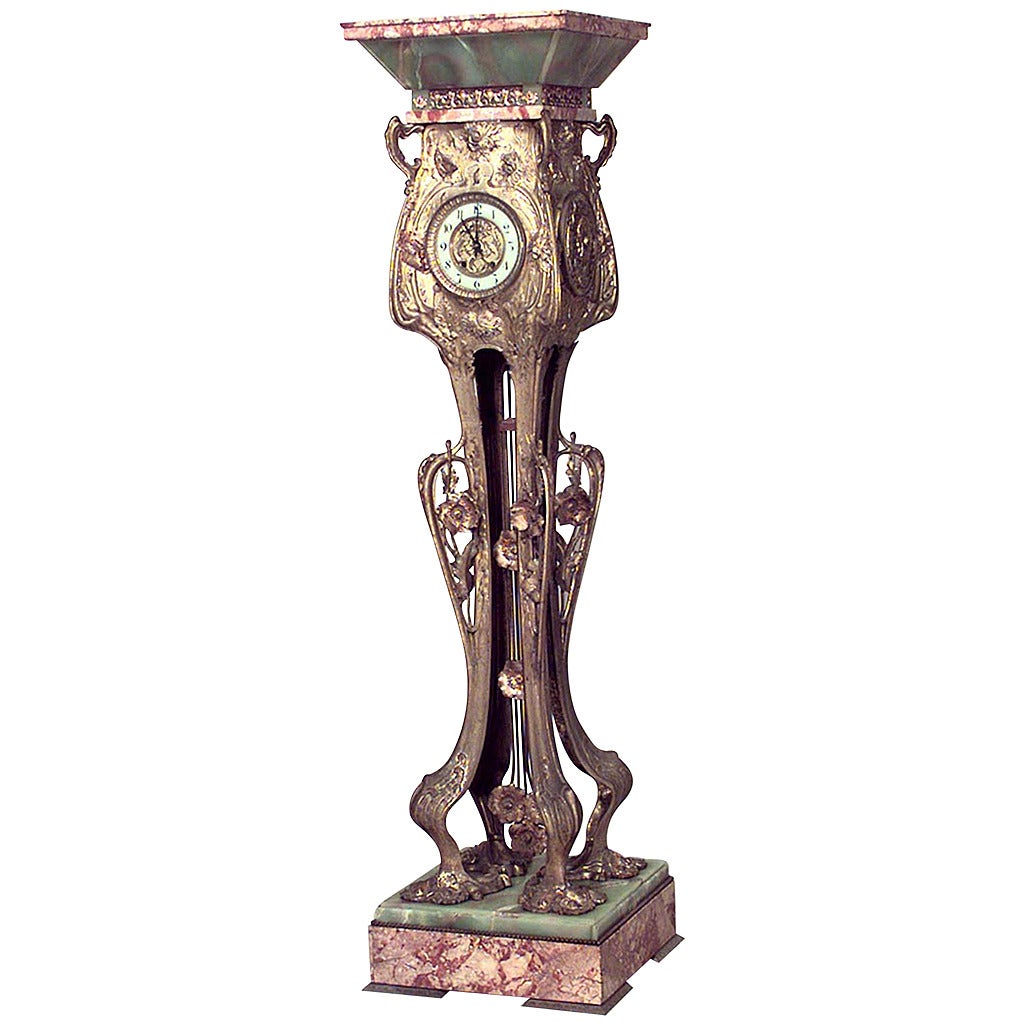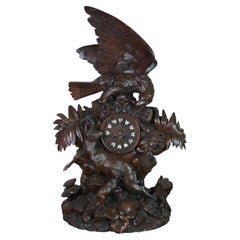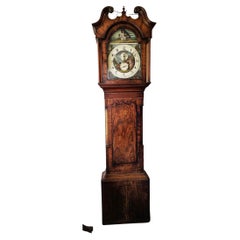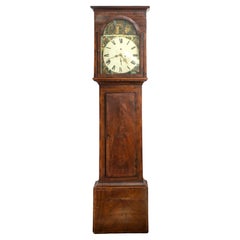
Ethan Allen Georgian Court Cherry Grandfather Clock West Germany Works 08-3805
View Similar Items
Want more images or videos?
Request additional images or videos from the seller
1 of 12
Ethan Allen Georgian Court Cherry Grandfather Clock West Germany Works 08-3805
About the Item
- Dimensions:Height: 84.5 in (214.63 cm)Width: 11 in (27.94 cm)Depth: 19 in (48.26 cm)
- Style:Georgian (In the Style Of)
- Materials and Techniques:Cherry
- Period:
- Date of Manufacture:circa 1970s
- Condition:Wear consistent with age and use. "Very Good Overall; Full functional small split in the wood along the right side of lower molding above the feet. ".
- Seller Location:Dayton, OH
- Reference Number:Seller: 288981stDibs: LU5343222722432
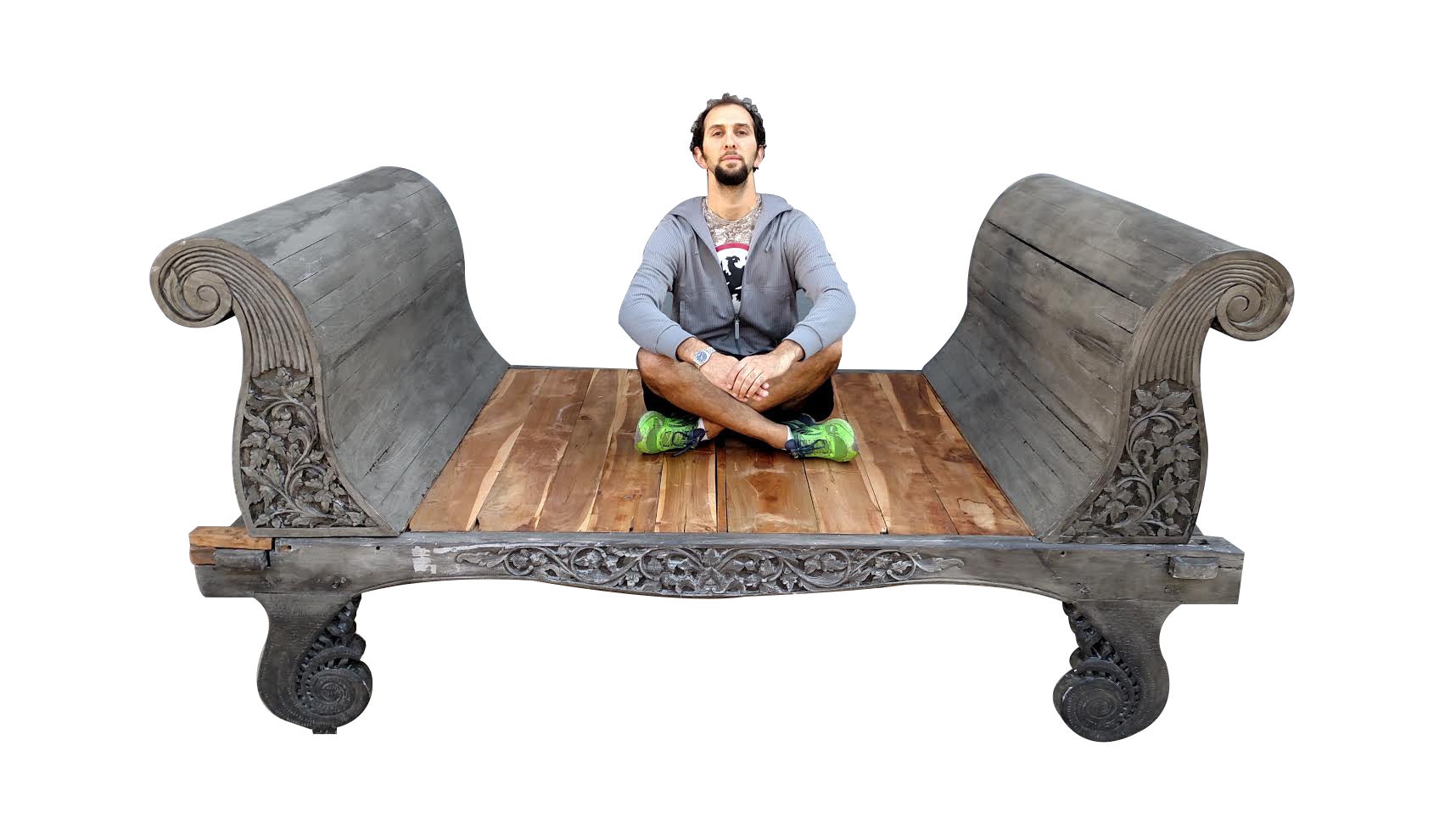
About the Seller
4.9
Platinum Seller
These expertly vetted sellers are 1stDibs' most experienced sellers and are rated highest by our customers.
Established in 2010
1stDibs seller since 2020
1,114 sales on 1stDibs
More From This SellerView All
- Antique German Victorian Mahogany Westminster Kienzle Bracket Mantel ClockBy Kienzle ClocksLocated in Dayton, OHEarly 20th Century Kienzle key wound mantel clock with simple neoclassical mahogany case and floral etched brass face including controls for speed and chime above the clockface. Arab...Category
Early 20th Century Neoclassical Mantel Clocks
MaterialsMahogany
- Monumental Antique German Black Forest Eagle Chamois Mantel Hunt ClockLocated in Dayton, OH"Monumental 19th century antique German Black Forest mantel clock featuring carved high relief details with a winged bald eagle mounted ato...Category
Antique Mid-19th Century Black Forest Mantel Clocks
MaterialsHardwood
- Vintage German Brass Ships Porthole Nautical Boat Wall Clock Mechanical MovementLocated in Dayton, OHMid 20th century key wound port hole clock. Features a brass frame with metal dial and glass window. Hangs via 3 screw holes at the base. Marked along the face EW A porthole, som...Category
Mid-20th Century Mid-Century Modern Wall Clocks
MaterialsBrass
- Antique German Walnut Inlaid Mother of Pearl Short Drop Peekaboo Wall Clock 23"Located in Dayton, OHAntique short drop wall clock featuring a round beveled frame accented with inlaid mother of pearl cut-out leaf designs. The drop features an oval peekaboo window framed in black met...Category
Early 20th Century Wall Clocks
MaterialsMother-of-Pearl, Glass, Walnut
- Rare Self Winding Clock Co Naval Observatory Time Western Union Wall Clock 26"By Self Winding Clock Co.Located in Dayton, OHAntique Western Union, Naval Observatory Time, self winding clock. Features a tall wooden case with carved corners and pediment mounted with tin sign reading "Naval Observatory Time Hourly By Western Union. White metal face with black Roman numerals and hands. Interior of case labeled "Property of Self-Winging Clock Co New York" and serial number on metal tag as well as on works. F Style / Vibrator movement, Serial Number 92630 (likely manufactured before 1917). Patented Oct. 4, 1898 by the Self Winding Clock Company. Fitted with Archer AC Adapter. "The Self Winding Clock Company (SWCC) of New York began business in 1886 marketing their own electro-mechanical clocks based on the 1884 electro-mechanical clock patent of one of the company founders, Chester Pond (1844-1912). The innovative principle of this clock mechanism was the incorporation of a small electric winding motor that automatically rewound the mainspring after the clock ran for one hour. The clocks were powered by batteries. The batteries would last at least one year. By being automatically rewound each hour, the strain on the mechanism was kept to a minimum, resulting in a very accurate timepiece. At about the same time SWCC began selling clocks, Pond was developing an electro-mechanical synchronizer attached to the clock movement that could synchronize the clock hands to an accurate time source. The synchronization occurs when a remote, precisely timed, electrical impulse is sent via wires connected to the individual clocks. By 1887 the synchronizers had been so improved that the Self Winding Clock Company could not only market individual clocks but also sell entire synchronized clock systems. By the 1960’s the days of individual elegant mechanical timepieces and synchronized time systems were over. SWCC ceased operations in the late 1960’s. All company records and inventories were relegated to the trash pile. The STYLE “F”, or as commonly referred to, the VIBRATOR movement was developed by Frederick M. Schmidt in the late 1890’s. By 1898 the “F” movement was being installed in almost all SWCC clocks. The movement has a Graham dead beat escapement. The “F” movement incorporates both the time train and winding motor in one set of plates. The motor used a single pair of coils. It was more reliable and easier to service than the rotary movement. The mainspring is re-wound after running for one hour. The vibrating armature oscillates up and down carrying a winding lever with a pawl that turns the winding wheel. The “F” movement was used in individual clocks and in clocks that were part of synchronized systems. It was made in 60, 80,120 and 140 beat versions. There were virtually no changes to the movement in 60 plus years the movement was in production. Almost all Style “F” movements wound on 3 volts DC. Style “F” movement serial numbers started in the 33,000’s and the first movements were probably made in 1898. The earliest plates had patent dates of 1891, 1892 & 1898. Serial numbers with these patent dates go up to the 63,000’s and were made before 1908. By 1908 the plates only had the 1898 patent date. By using catalog images of movement serial numbers it can be concluded that movements with serial numbers up to 112,000 were made in or before 1917. Movements with serial numbers up to 196,000’s were made in or before 1929. The single patent date serial numbers go as high as 220,000’s. Then there appears to be a large numbering gap. Finally, movements appear with no patent dates and serial numbers with the prefix FR. These numbers start at 300,000 but only continue to about 302,000. Start again at 400,000 and continue to about 402,000. Based on the large serial number gaps, the total number of “F” movements manufactured is probably around 200,000. They were manufactured between 1898 and possibly as late as the 1950’s. SWCC both sold clocks to and partnered with their biggest customer, Western Union in a nationwide distribution of precisely accurate “Naval Observatory Time” clocks. These either 120 or 140 beat Naval Observatory clocks...Category
Early 20th Century Late Victorian Wall Clocks
MaterialsMetal
- Mid-Century Modern Atomic Abstract Chrome Starburst Memphis Sculptural ClockLocated in Dayton, OH"Freestanding chrome Metal Art sculpture clock. It features a dimensional starburst style with bright and bold graphic metal numbers in blue and white...Category
Late 20th Century Mid-Century Modern Grandfather Clocks and Longcase Clocks
MaterialsSteel, Chrome
$640 Sale Price20% Off
You May Also Like
- Lord Nelson Commemorative Georgian Mahogany Longcase Grandfather ClockLocated in Dorking, GBThis Georgian Mahogany longcase clock was made in the Georgian period of about 1815. It is a chiming 8 day clock with golden feathered grain. It has an inlaid and crossbanded decor...Category
Antique Early 19th Century English Georgian Grandfather Clocks and Longc...
MaterialsBrass
- 18th Century German Grandfather ClockLocated in Tarry Town, NYMid 18th century walnut wood framed German 8-Day Grandfather clock. The tall case clock featured a dark walnut case with flared base, hood with half-columns and turned finials. Iron ...Category
Antique 1750s German Grandfather Clocks and Longcase Clocks
MaterialsBrass
- Scottish Grandfather ClockLocated in New York, NYScottish Grandfather clock: Clock face painted with settings of the Fair Maid of Perth during the four seasons. Measures: 21" x 9" x 76" Weighs: 50 Lbs.Category
Antique 19th Century Grandfather Clocks and Longcase Clocks
MaterialsWood
$1,988 Sale Price24% Off - European Grandfather ClockLocated in Los Angeles, CASelf standing European large clock, at moment dos not shows the good time. Fantastic patina, sign on the bottom part, we purchase the clock in Italy but we can not determinate the si...Category
Early 20th Century Italian Belle Époque Grandfather Clocks and Longcase ...
MaterialsMetal
- Rosewood Grandfather ClockLocated in New Orleans, LAThis magnificent English longcase, or grandfather, clock boasts a fine rosewood case inlaid with an intricate, balanced design. The face is crafted of chased silver in a foliate motif with fully hallmarked numerals by London silversmith James Stedstone Gouldsmith. The clock is a three-train movement run by three silver-plated weights and a mercury pendulum. The three weights power the time, the hour chime and the quarter-hour chime, and the clock strikes on nine tubular bells with a choice of either Whittington or Westminster chimes. Known commonly as “grandfather” clocks, it was not until the late 19th century that longcase clocks garnered this name. According to the origin tale, two brothers named Jenkins owned the George Hotel...Category
Antique 19th Century English Grandfather Clocks and Longcase Clocks
MaterialsSilver Plate, Silver
$98,500 - George III Painted Dial Grandfather ClockLocated in Wilson, NCGeorge III painted dial grandfather clock, the bonnet has a swan neck broken arch pediment with brass ball finial and rosettes, reeded and tapered keystone above turned and reeded co...Category
Antique 1790s English George III Grandfather Clocks and Longcase Clocks
MaterialsMetal, Brass, Steel
Recently Viewed
View AllMore Ways To Browse
Vintage Grandfather Clock Grandfather Clocks
Vintage Grandfather Clock Clocks
Court Clock
Grandfather Clock Finials
Georgian Court
Georgian Cherry
Retro Grandfather Clock
Vintage Grandfather Clocks
Vintage Longcase Grandfather Clock
Vintage Longcase Clocks
Longcase Clocks Moon
Longcase Moon
Grandfather Clock Moon
Moon Dial Longcase Clocks
West Germany Clock
West German Clock
Moon Bracket
Moon Dial Grandfather Clock
